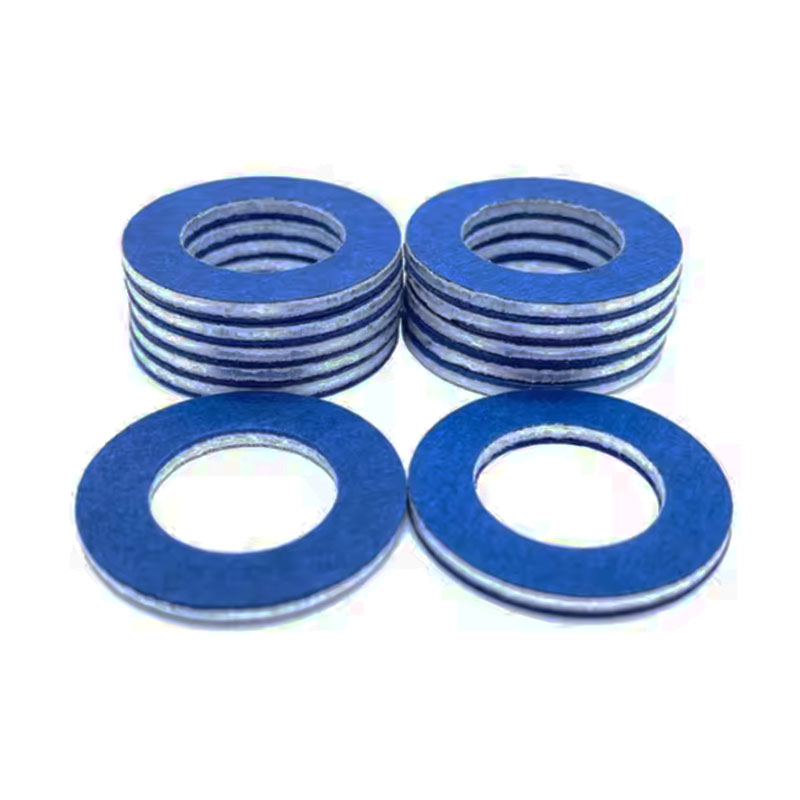global o rings
The Significance of O-Rings in Global Engineering
O-rings are a small yet vital component in a wide array of engineering applications, playing a crucial role in ensuring the reliability and efficiency of various mechanical systems. These simple, circular seals are made typically from elastomers, providing a flexible yet durable solution for preventing fluid or gas leaks in joints and connections. The global market for O-rings encompasses numerous industries, including aerospace, automotive, manufacturing, and oil and gas, underlining their widespread importance and versatility.
Understanding O-Rings
An O-ring is essentially a toroidal (ring-shaped) piece of material designed to be seated in a groove across two or more parts, effectively creating a seal upon compression. This sealing mechanism is critical in applications where high pressures, temperatures, and the presence of corrosive environments can threaten the integrity of equipment and machinery.
The material choice for O-rings is integral to their performance. Common materials include nitrile rubber (NBR), fluorocarbon rubber (FKM), silicone, and polyurethane, each presenting unique properties such as temperature resistance, chemical compatibility, and mechanical strength. For example, FKM O-rings can withstand high temperatures and aggressive chemicals, making them popular in the aerospace and automotive industries, while silicone O-rings excel in low-temperature applications.
Global Applications
The global use of O-rings can be seen across a diverse array of applications. In aerospace, O-rings are used in fuel systems, hydraulic systems, and environmental control systems, ensuring that aircraft can function safely at high altitudes and demanding conditions. In the automotive sector, they are employed in engines, transmissions, and brakes, where they contribute to performance and safety.
global o rings

Moreover, in the oil and gas industry, O-rings play a critical role in exploration and production equipment, sealing pipes and valves against leaks, which is essential in preventing environmental disasters and ensuring operational efficiency. The manufacturing sector also relies heavily on O-rings to maintain equipment integrity and minimize downtime through effective sealing solutions.
Challenges and Innovations
As industries evolve, so too must the materials and designs used for O-rings. The advent of advanced manufacturing technologies, such as 3D printing and computer-aided design (CAD), is opening up new possibilities for creating O-rings that are specifically tailored to meet the unique demands of specialized applications. Innovations in material science, including the development of new high-performance elastomers, are enhancing the functionality and lifespan of O-rings, making them even more effective in extreme conditions.
However, challenges remain in the global supply chain for O-rings, particularly in sourcing high-quality materials amidst fluctuating economic conditions. The COVID-19 pandemic highlighted vulnerabilities in many supply chains, emphasizing the need for resilience and adaptability in global manufacturing practices. Companies are increasingly focusing on sustainability, employing more environmentally friendly materials and processes in O-ring production.
Conclusion
In summary, O-rings may appear to be a small component, but their contribution to global engineering is significant. As industries continue to innovate and face new challenges, the demand for reliable sealing solutions will undoubtedly increase. O-rings will remain at the forefront of engineering design, continually adapting to meet the needs of a rapidly evolving world. Understanding their importance can help engineers and designers make better choices in material selection and application, ensuring safer, more efficient systems across all sectors of the global economy.
-
Understanding the Front Main Engine Seal: Purpose, Maintenance, and Installation
News Jul.29,2025
-
Understanding O-Rings and Seal Rings: Types, Applications, and Custom Solutions
News Jul.29,2025
-
Understanding Crankshaft Oil Seals: Rear Seals, Pulley Seals, and Their Role in Engine Integrity
News Jul.29,2025
-
The Importance of Front and Rear Crankshaft Seals in Engine Performance and Oil Management
News Jul.29,2025
-
Crank Oil Seals: Functions, Types, and Cost Considerations in Engine Maintenance
News Jul.29,2025
-
A Comprehensive Guide to O-Rings and Seals: Types, Materials, and Global Applications
News Jul.29,2025
-
Mastering Diesel and Performance Engine Maintenance: A Guide to Critical Oil Gaskets
News Jul.28,2025
Products categories















